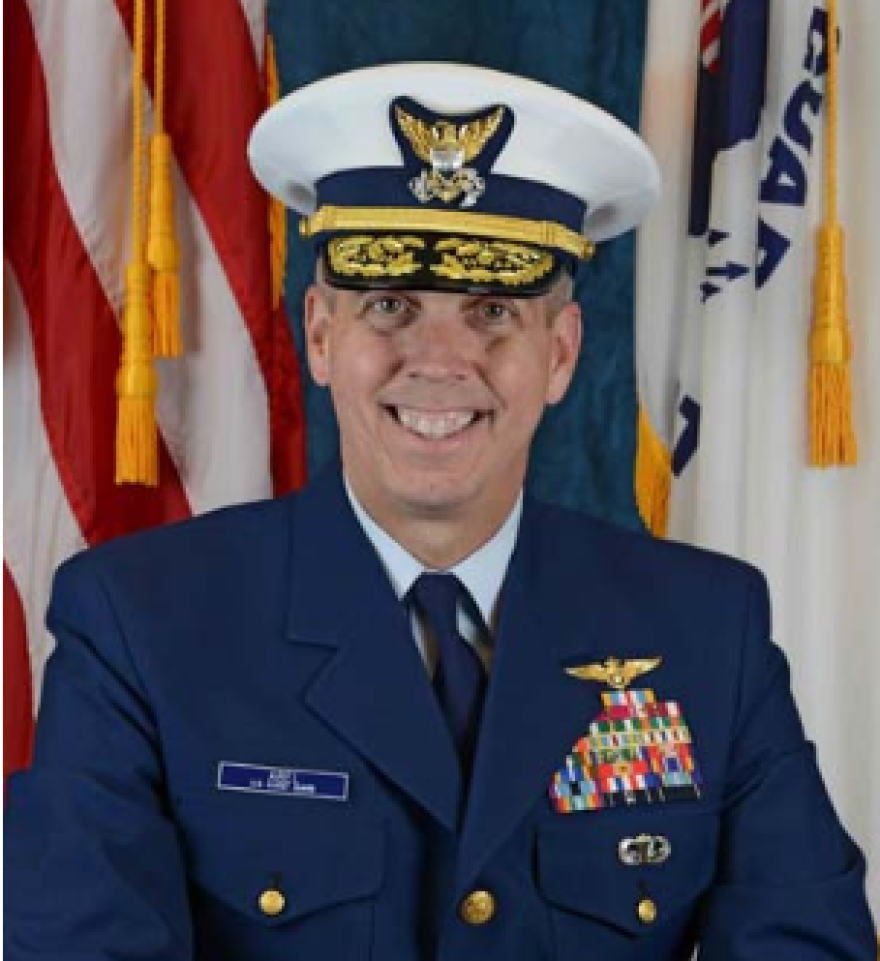A large cruise ship to transit the Northwest Passage …
It’s been a little over a century since Norwegian explorer Roald Amundsen first navigated the ice-blockaded waters of the Northwest Passage, the long-sought shortcut from Europe to Asia. And now that climate change has melted enough sea ice to open up the route over the past couple of summers, a Hong Kong-based company plans to send a luxury cruise ship through next August.

“Based on our observation of ice patterns this year, last year and certainly over the last 20 years, we’re quite confident we’ll make it through just fine,” says Greg MacGarva, vice president for marine operations with Crystal Cruises. MacGarva says the company has carefully planned the 900-passenger Crystal Serenity’s 32-day voyage from Anchorage to New York. He says it’s equipped the ship with ice-detecting radar and contracted an emergency-response escort ship. And it’s been coordinating for the past year-and-half with the U.S. Coast Guard and its Canadian counterpart.
“I would never be one to say we’re 100 percent we’ll get through,” he said. “We have a high, high degree of certainty that we’ll get through.”

But the possibility of a mishap, and a limited ability to respond to it, concerns many observers. Including Robert Papp, a former Coast Guard commandant who’s now U.S. Special Representative for the Arctic.
“Between passengers and crew, 2,000 people on there,” Papp said in a recent interview. “What happens in the worst-case scenario? Are we prepared for it?”
Officials with the Coast Guard’s 17th District, headquartered in Juneau, say they’ve been working closely with the cruise company to prevent and prepare for such a scenario.

“We realize this is kind of a precedent-setting voyage, because it’s the largest cruise ship to go through the Northwest Passage,” said Rick Jannelle, the district’s mass-rescue coordinator. “And there may be other ships that want to follow.
District Commander Rear Admiral Dan Abel says the Coast Guard has stepped-up training and coordination with its Arctic-nation counterparts, and local and state agencies, to enable a joint response to emergencies.
“Whatever happens up there is going to have international implications, because it’s shared waters,” Abel said.
Abel says more work remains to be done – including updating navigation charts for the Arctic, only about 5 percent of which meet contemporary standards.



